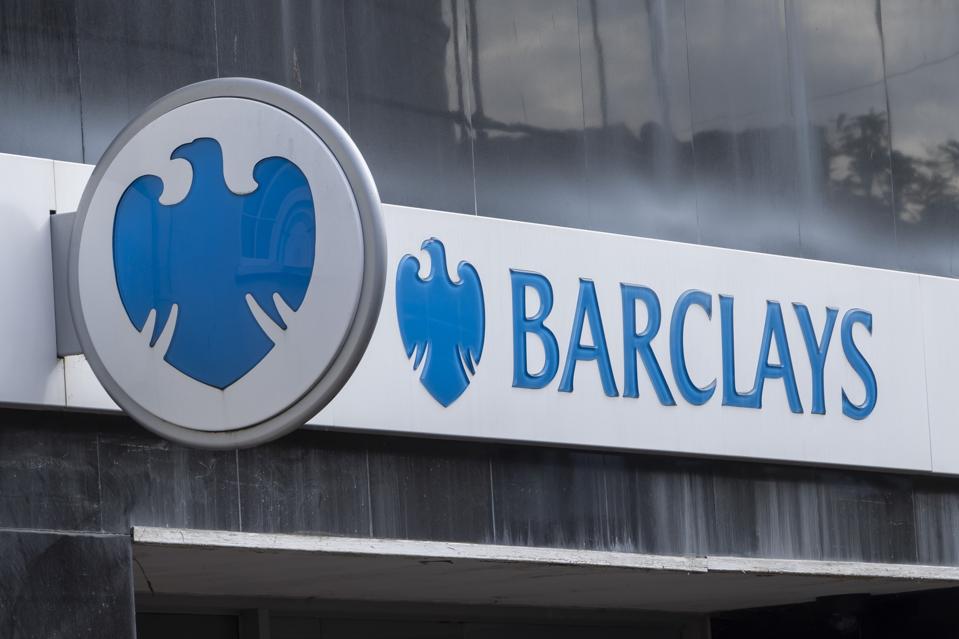Barclays’ stock (NYSE: BCS) has gained 1% YTD, as compared to the 2% drop in the S&P500 over the same period. Further, it is currently trading at $8 per share, which is 9% below its fair value of just under $9 – Trefis’ estimate for Barclays’ valuation.
Amid the current financial backdrop, BCS stock has seen little change, moving slightly from levels of $8 in early January 2021 to around $8 now, vs. an increase of about 25% for the S&P 500 over this roughly 3-year period. Overall, the performance of BCS stock with respect to the index has been lackluster. Returns for the stock were 30% in 2021, -25% in 2022, 1% in 2023, and 1% in 2024. In comparison, returns for the S&P 500 have been 27% in 2021, -19% in 2022, 24% in 2023, and -2% in 2024 – indicating that BCS underperformed the S&P in 2022 and 2023. In fact, consistently beating the S&P 500 – in good times and bad – has been difficult over recent years for individual stocks; for heavyweights in the Financials sector including JPM, V, and MA, and even for the megacap stars GOOG, TSLA, and MSFT. In contrast, the Trefis High Quality Portfolio, with a collection of 30 stocks, has outperformed the S&P 500 each year over the same period. Why is that? As a group, HQ Portfolio stocks provided better returns with less risk versus the benchmark index; less of a roller-coaster ride as evident in HQ Portfolio performance metrics. Given the current uncertain macroeconomic environment with high oil prices and elevated interest rates, could BCS face a similar situation as it did in 2022 and 2023 and underperform the S&P over the next 12 months – or will it see a strong jump?
The bank’s profitability numbers were slightly ahead of the consensus estimates in the third quarter of 2023. It reported total revenues of $7.9 billion – up 13% y-o-y, primarily driven by a 17% increase in Barclays International and a 5% rise in Barclays UK segments. The international unit primarily benefited from growth in sales & trading and consumer, cards, & payments categories. On the cost front, total expenses as a % of revenues witnessed an unfavorable increase in the quarter. Overall, the profit before tax improved by 3% y-o-y to $2.39 billion (Note – Barclays originally reports in GBP (Pound), the same has been converted to USD for ease of comparison).
The bank’s top line grew 2% y-o-y to $24.6 billion in the first nine months of FY 2023. It was mainly because of an 8% growth in Barclays UK and a 21% rise in consumer, cards & payments divisions, partially offset by a 6% decline in the corporate & investment bank segment. Notably, the corporate & investment bank unit suffered due to lower sales & trading and investment banking revenues. On the expense side, total expenses as a % of revenues decreased over the same period, thanks to a drop in litigation and conduct costs. Altogether, profit before tax increased 12% y-o-y to $8.02 billion.
Moving forward, we estimate Barclays’ revenues to touch $32.09 billion in FY2023. Additionally, BCS’s annual GAAP EPS is likely to remain around $1.49. This coupled with a P/E multiple of just below 6x will lead to a valuation of $9.
Invest with Trefis Market Beating Portfolios
See all Trefis Price Estimates

